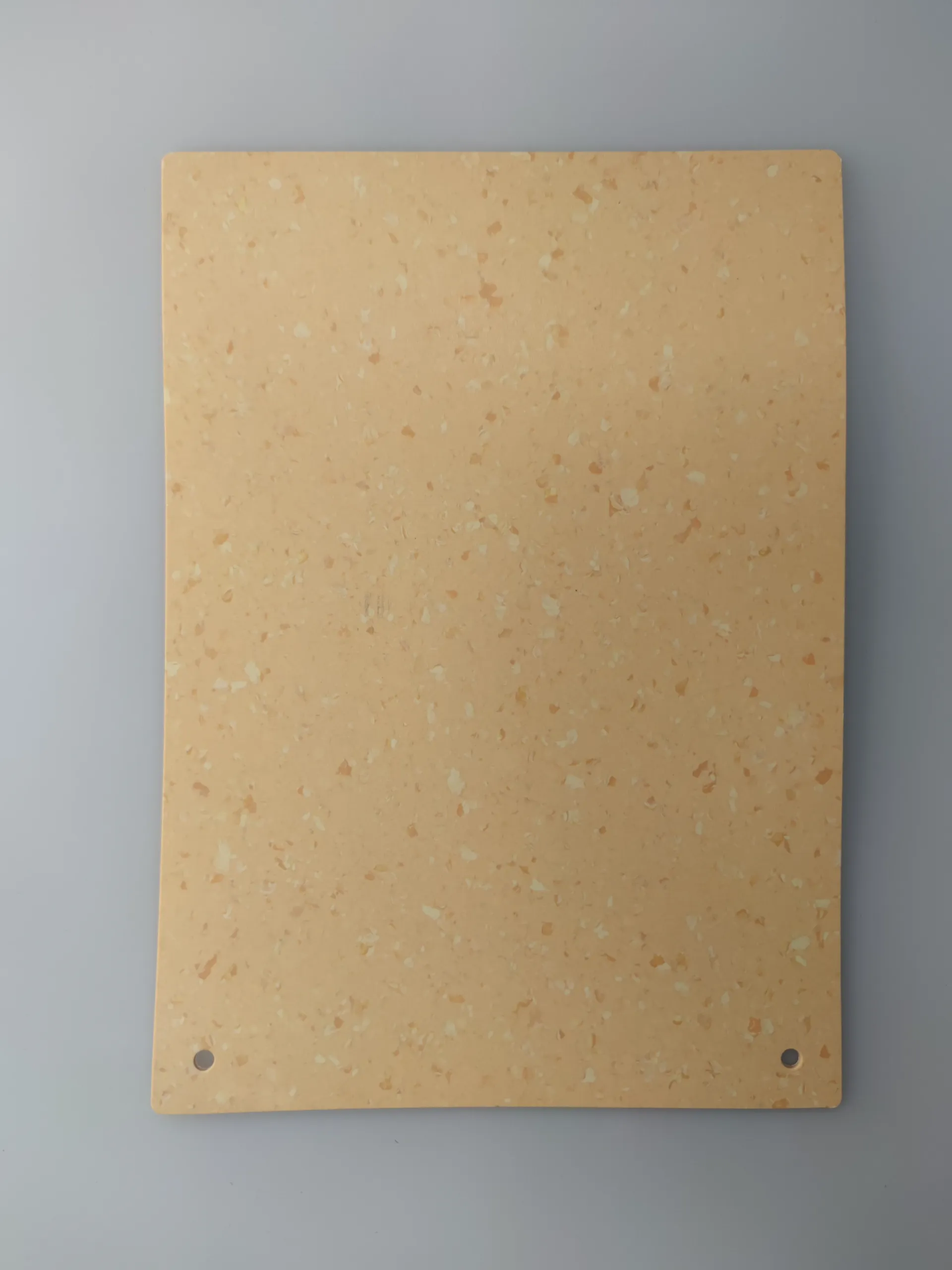linoleum pattern flooring
Exploring the World of Linoleum Pattern Flooring
Linoleum flooring, a classic choice that has withstood the test of time, is experiencing a modern renaissance thanks to its versatility and array of patterns. Initially invented in the mid-19th century, linoleum has evolved from a practical flooring solution to a stylish and eco-friendly option for homes and commercial spaces alike. Today, one of the most intriguing aspects of linoleum flooring is the diverse array of patterns available, making it customizable and suitable for virtually any décor style.
The Beauty of Patterns
Linoleum pattern flooring stands out for its ability to combine aesthetics with functionality. Ranging from geometric shapes and intricate floral designs to bold abstract prints, the patterns available in linoleum can dramatically influence the atmosphere of a space. For instance, a vibrant, swirling pattern can energize a room, making it feel lively and inviting, while muted tones with subtle patterns can create a relaxed, sophisticated environment.
One of the most appealing aspects of linoleum is its ability to mimic other materials. Advanced printing techniques allow manufacturers to produce linoleum that looks like hardwood, stone, or even ceramic tiles—all while maintaining the benefits of linoleum itself, such as durability and ease of maintenance. This versatility is perfect for those who desire the look of luxury materials but prefer a more budget-friendly and sustainable option.
Eco-Friendly Choice
In a world increasingly focused on sustainability, linoleum flooring stands out as an environmentally responsible choice. Made from natural materials such as linseed oil, cork dust, wood flour, and resins, linoleum is biodegradable and boasts a low environmental impact compared to vinyl or laminate flooring. Additionally, its production processes can often be more sustainable, using fewer harmful chemicals.
The longevity of linoleum also contributes to its eco-friendly credentials. With proper care, linoleum can last for up to 40 years, reducing the need for frequent replacements and therefore minimizing waste. Homeowners looking to create a green environment can take solace in knowing their choice not only enhances the aesthetic of their home but also contributes positively to the planet.
linoleum pattern flooring

Maintenance and Care
One of the key advantages of linoleum pattern flooring is its ease of maintenance. Unlike other flooring options that may require extensive upkeep or specialized cleaning products, linoleum is simple to care for. Regular sweeping and occasional mopping with a mild detergent can keep it looking its best. Additionally, linoleum is resistant to fading, scratching, and denting, making it ideal for high-traffic areas such as kitchens, hallways, and commercial spaces.
However, it's worth noting that while linoleum is water-resistant, it is not water-proof. Areas that are consistently exposed to water, such as bathrooms or laundry rooms, may require moisture barriers to prevent potential issues. Overall, with appropriate care, linoleum floors can maintain their beauty and functionality for decades.
Installation Versatility
Linoleum pattern flooring is also highly versatile in terms of installation. It can be installed in sheets or tiles, allowing for creative designs and layouts that can fit any space. The interlocking tiles, in particular, offer a DIY-friendly option for homeowners looking to update their flooring without the need for professional assistance.
Furthermore, linoleum can complement a wide variety of interior design styles. Whether you are aiming for a modern, minimalist aesthetic or a more traditional, rustic feel, there is a linoleum pattern that can seamlessly integrate into your vision.
Conclusion
In conclusion, linoleum pattern flooring represents a harmonious blend of beauty, sustainability, and practicality. Its stunning designs and eco-friendly credentials make it an ideal choice for contemporary living spaces. Whether you are redecorating your home or outfitting a commercial area, exploring the world of linoleum offers a wealth of opportunities to enhance your environment while making a positive impact on the planet. The future of flooring is not only about durability and cost-effectiveness—it’s also about creativity, sustainability, and style. Linoleum flooring, with its rich array of patterns and eco-friendly properties, is undoubtedly a flooring choice worth considering.
-
SPC Vinyl FlooringJul.18,2025
-
Home SPC FlooringJul.18,2025
-
Heterogeneous Sheet Vinyl: The Ultimate Commercial Flooring SolutionJul.15,2025
-
Dry Back LVT Flooring: A Durable and Stylish Flooring SolutionJul.15,2025
-
Click LVT Flooring: A Stylish and Convenient Flooring SolutionJul.15,2025
-
SPC FlooringJun.24,2025




